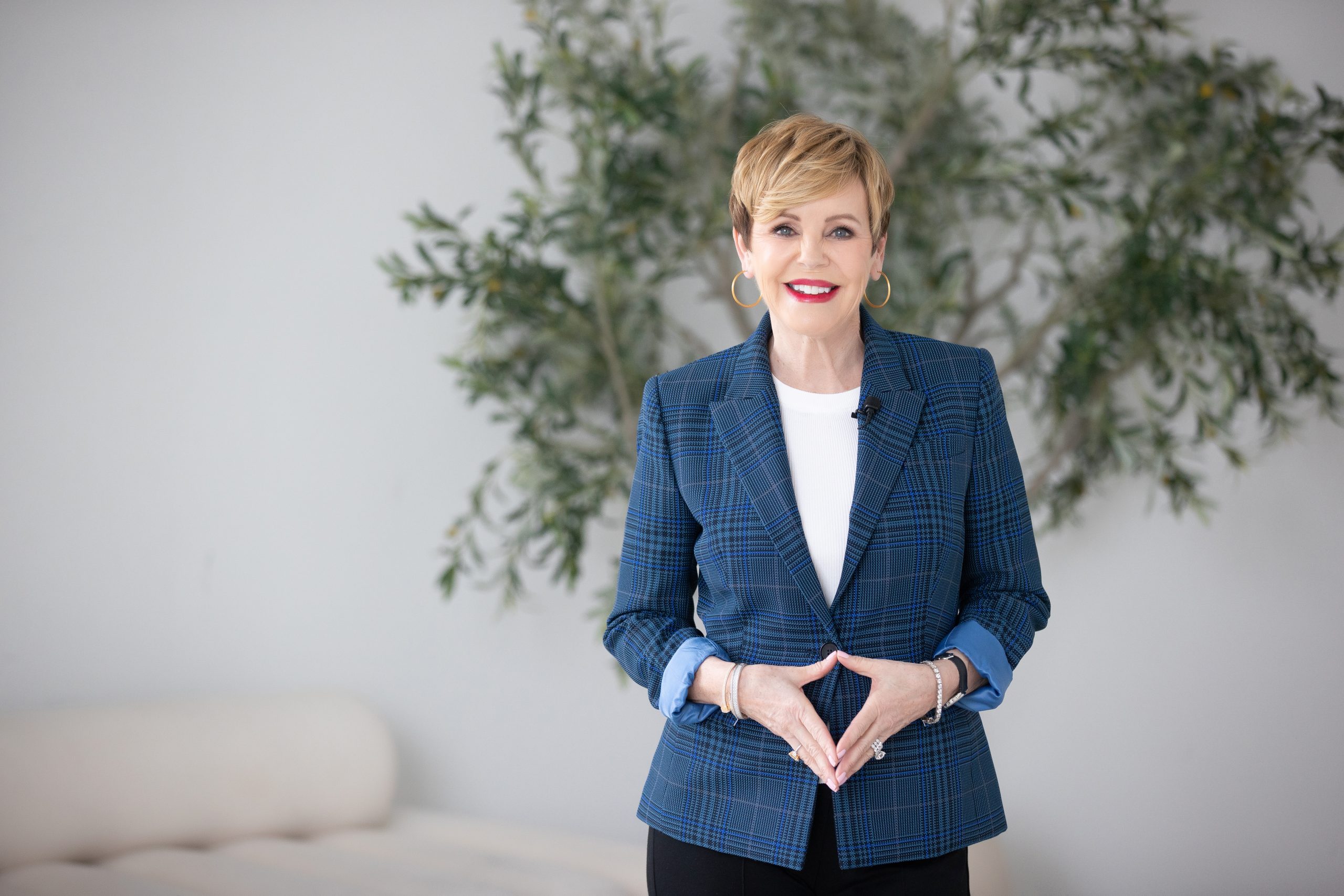By Joyce Wayne
One of the smartest people I know is Rhoda Kopstein. She is definitely the most independent woman, not because she has a Ph.D. in nuclear physics or is a multi-millionaire. It is because she’s lived her life in a way very few have: with the courage and the determination to live her best life on her own terms. This year, Rhoda turned 96 and to celebrate her birthday, she held a party in her condo on Bloor Street in downtown Toronto with a group of dear friends.
In November, she celebrated with her “birthday group,” six women who belong to the same bridge club and celebrate one another’s birthdays. Rhoda made a bouillabaisse, another brought a salad, and another a chocolate mousse cake. One bridge buddy brought a bottle of prosecco, and with that, the ladies were set.
Growing up in Chatham, Ontario, a small town not far from Windsor, where her father owned a furniture store, Rhoda hadn’t met many independent career women as a child. Still, she did know her aunt and mine, Eva Wayne, who was the first career woman we could emulate. Starting out on her own in 1945, Rhoda enrolled in university at Wayne State across the river from Windsor in Detroit. There she received her Bachelor’s degree. After that, she attended the University of Toronto, where she was awarded her master’s degree in social work. From there, Rhoda’s career took off and never stopped until she decided to retire.
She worked as a social worker in Chatham, Montreal, Boston and Toronto, spending 16 years in Montreal, four years in Boston and then 20 years at Baycrest, now the Apotex Centre, a Jewish Home for the Aged, which is a 472-bed long-term care facility. Toronto’s Baycrest provides a range of residential and specialized programs and offers myriad day programs for older adults. Rhoda’s last assignment at Baycrest was establishing a day program for elders with dementia.
What is remarkable about Rhoda is how independent she remains to this day. She is single, never married, nor did she have children, a path she herself chose. Instead, she built a multi-faceted, active life with friends she met at work, in different clubs and associations, everything from aquafit to acting classes to playing bridge.
When I ask her how she manages on her own at 96, she explains that a PSW visits her three times a week. The PSW helps her to shower and tidy up the condo. Rhoda does her own shopping. She lives across from a small mall with a grocery store and a pharmacy. She often relies on SPRINT Senior Care, which offers accessible transportation services that respond to individualized needs, helping clients continue residing at home while participating in the community. These services are provided through the Toronto Ride partnership. She also uses a walker with a basket to shop at the Longo’s grocery store five blocks from her apartment. A fitness trainer has visited her twice weekly for the past twenty years. Since the pandemic, her workouts take place online. Seven days a week, she works on the digital New York Times crossword puzzle.
Rhoda’s retirement years didn’t happen by accident. “I planned for retirement for two years before I retired,” she says. “You need to retire to something, and you need to access your strengths and your weaknesses.” Her planning included ensuring her finances could support living in her own condo and participating in clubs and classes before retiring, all of which helped keep her active and engaged. These days, her grand-nephew comes to dinner every two weeks. She cooks and he cleans up afterward.
Recently an article in The New York Times, “As Gen X and Boomers Age, They Confront Living Alone,” investigates the increasing number of Americans living by themselves. More than ever before –which presents new challenges around housing, health care and personal finance. According to The Times, “In 1960, just 13 percent of American households had a single occupant. But that figure has risen steadily, and today it is approaching 30 percent. For households headed by someone 50 or older, that figure is 36 percent. Nearly 26 million Americans 50 or older now live alone, up from 15 million in 2000.”
Many of those 26-million do not have children. “In fact, one in six Americans 55 and older do not have children. That raises questions about how elder care will be managed in the coming decades.”
Rhoda Kopstein approaches that situation like the pro she is. In all the years I’ve known her, I’ve never heard her complain. Not once. She takes care of her finances, pays her bills, keeps active and stays in touch with friends and family. I’d hazard a guess that she is content with her life and how she’s chosen to live it, and that is the goal for all of us as we age.
































